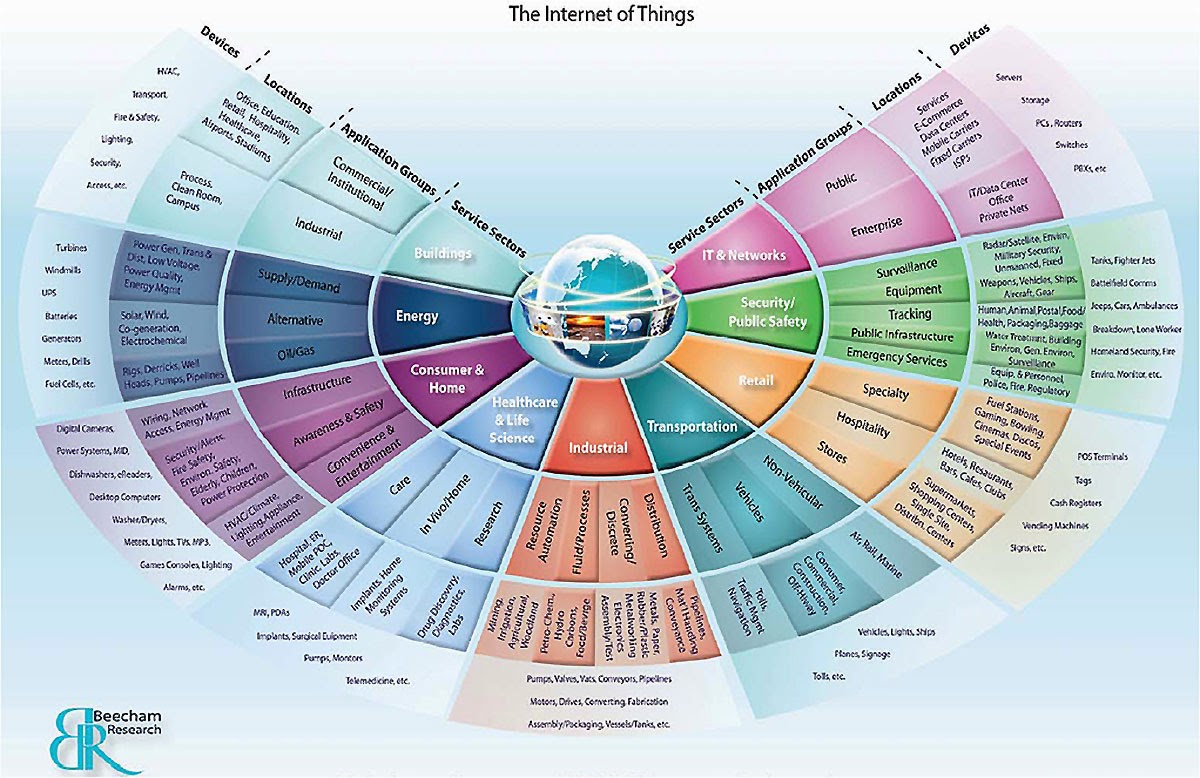blog courtesy of www.insidedevices.org
Gates’ could control about anything in his house by the tap of his finger, whilst driving his car 20 miles away from his house.
Welcome to the “The Internet of Things“(IoT) that does represent a revolution happening right now. All kind of companies – not just technology and telecommunications firms – are linking “things” as diverse as smartphones, cars and household appliances to industrial-strength sensors, each other and the internet. The technical result may be simple features such as intercommunication and autonomous machine-to-machine (M2M) data transfer, but the potential benefits to lifestyles and businesses are unprecedented.
Ofcourse there is a “But”….with great opportunity comes great responsibility. Along with its conveniences, the IoT will be exposed to unprecedented security challenges: data privacy, safety, governance and trust.
What Are The Main Security Loopholes?
Security loopholes can occur anywhere in the IoT; but you can devide into two groups:
Data Risks: all smart devices will transmit data to a storage point before (in most cases) a bulk upload to the provider, often with outdate security settings.
Privacy Risks: all our smart devices collect, aggregate and transmit our user data, even tiny items of data in aggregate can identify, define, and label you without your knowledge.
What Can You Do To Protect Your Data and Privacy?
- Audit the devices you own.
- Secure your device. If a device is connected to your network, it means that it is potentially accessible over the internet.
- Verify the security settings on any device you purchase. If it is remotely accessible, disable this feature if it isn’t required
- Change any default passwords to something only you know. A long combination of letters, numbers and symbols will generate a strong password.
- Check the manufacturer’s website to see if there are updates to the device’s software. If security vulnerabilities are discovered, manufacturers will often patch them in new updates to the software. PATCHING IS EVERYTHING
What Is The Best Example Day-To-Day Example of A Device That Poses A Risk To Our Data and Privacy?
 The ATM, whether it is operated from North America, Europe, Africa, South-America, Asia or Australia; the majority is operated on a Windows XP platform. Microsoft announced that by April 8th 2014 it will stop releasing security patches. There are an estimated 3.000.000 ATM’s in the world!
The ATM, whether it is operated from North America, Europe, Africa, South-America, Asia or Australia; the majority is operated on a Windows XP platform. Microsoft announced that by April 8th 2014 it will stop releasing security patches. There are an estimated 3.000.000 ATM’s in the world!
Read the full article here


No comments:
Post a Comment